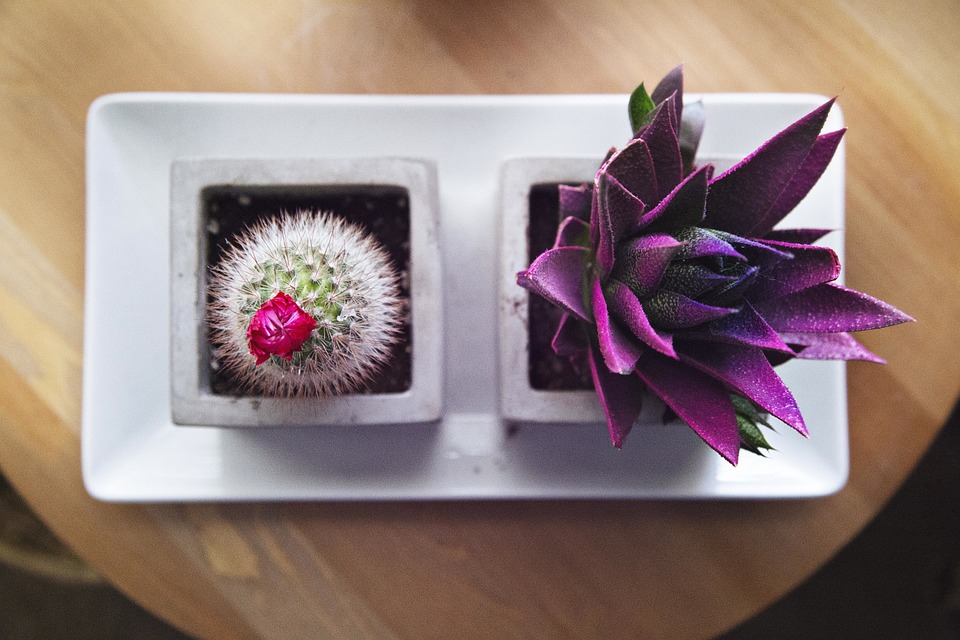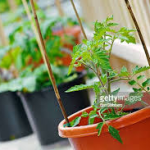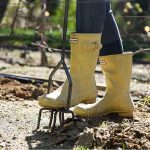Living in a temperate zone can limit growing plants outdoor the whole year-round. If you want to continue getting fresh greens from your summer garden but its winter, growing plants indoors can be the best option. The plants will not only purify the household air and add aesthetics to your space indoors, but it will also provide you will an abundant supply of fresh vegetables from the garden.

The same is true for city dwellers who do not have ample gardening space in their homes. You will find that growing plants indoors can be a rewarding project. The plants do not need much space; even the windowsill will do. If you are planning to start your indoor garden then consider investing in a grobo growing box for an easy way of growing your plants, and be sure that you should read this article, so you know how to start.
How To Get Started
Every great project begins with knowing the essential facts about it. And for indoor gardening, we go back to general science — the basic requirements for plants to grow. Here are the five necessary things you need for your indoor garden.
- Space
You can decide how big or how little space you need for your garden. Growing plants can thrive even on a windowsill or on your table. For large growers, a table or a dedicated bench for gardening will be enough. Look for an area with tiled floor to catch the water droplets or lay a tarp under the table.
Shelves can be a great alternative as it takes up little space. Just make sure that you have adequate light to reach all the plants or you may install a grow light if the lighting cannot reach all the plants.
- Light
You know that plants need light for photosynthesis. If the plants have no adequate light, they will grow tall and will not expand. The plants will not also bear flowers and fruits. Plants have photoreceptors that absorb a specific wavelength, equivalent to the sun. Using a regular lightbulb will not do, you need to buy special ones.
Plants also need the hormone “florigen” to produce flowers, which is stimulated by light. You need to expose the plants to 14-18 hours of light to simulate the sun. Some plants will need shorter exposure to light, make sure you know how much light your plants need.
- Temperature
The ideal temperature for many plants is around 65-75 degrees Fahrenheit. You can have a variance of +/- 10 degrees, and your plants will still be OK. When exposing to a higher temperature, plants will be weak and small while in colder temperature, its leaves will yellow and fall off.
You can control the temperature in your indoor garden with a device called APCET (Autopilot Cooling Thermostat). It has day and night temperature features that are maintained by the photocell.
- Humidity
Inadequate humidity is always a challenge when gardening indoors. The winter can be drier than summer, and when you turn on the heater, the problem is compounded. You can increase the humidity in your garden with misting, running a humidifier, and placing a tray of water in the garden filled with lava rocks. You can also create a microenvironment with higher humidity by placing the plants close together.
- Growing Medium
The success of your indoor garden will depend on an excellent growing medium. You cannot use the soil outside as it is heavy and contains weed and insects. A soil mixed for indoor gardening is available, which is loose and drains well. It also contains organic matter to hold moisture and nutrients.
If you armed with a general understanding of indoor gardening, you can grow plants all year round inside the confines of your home.







